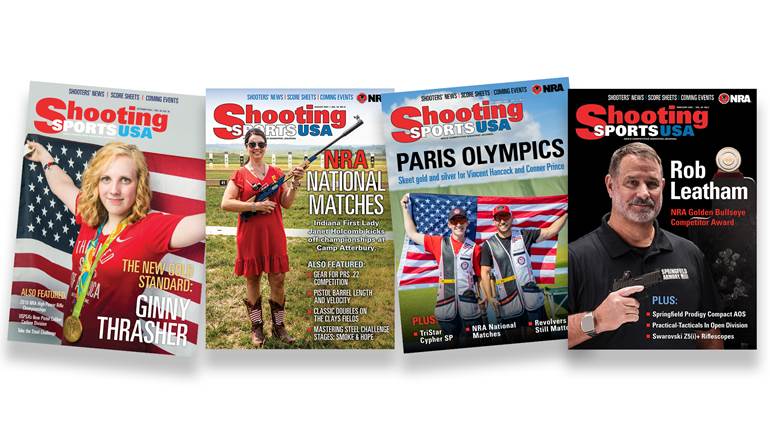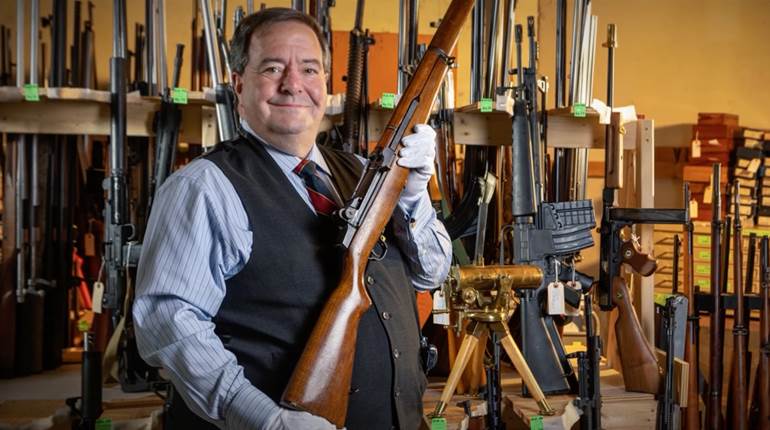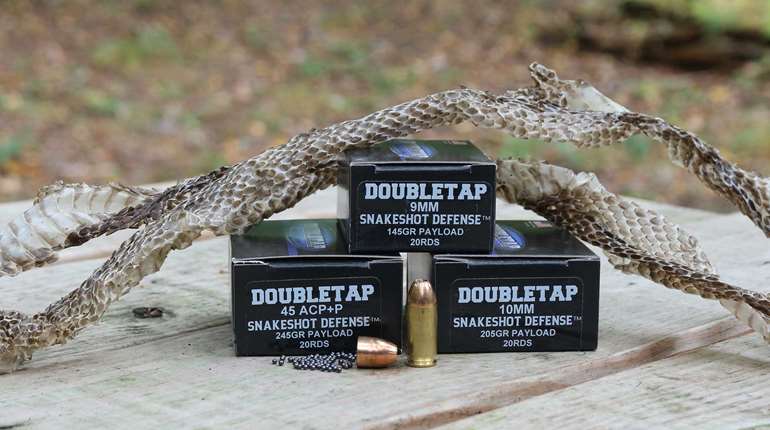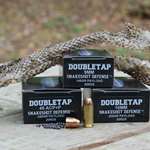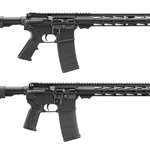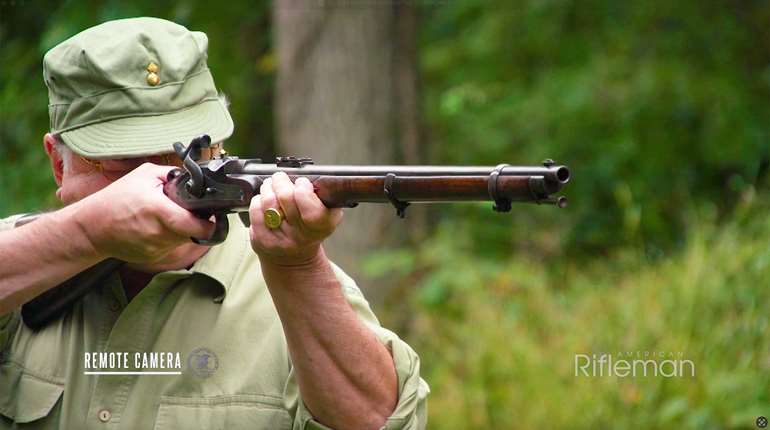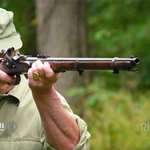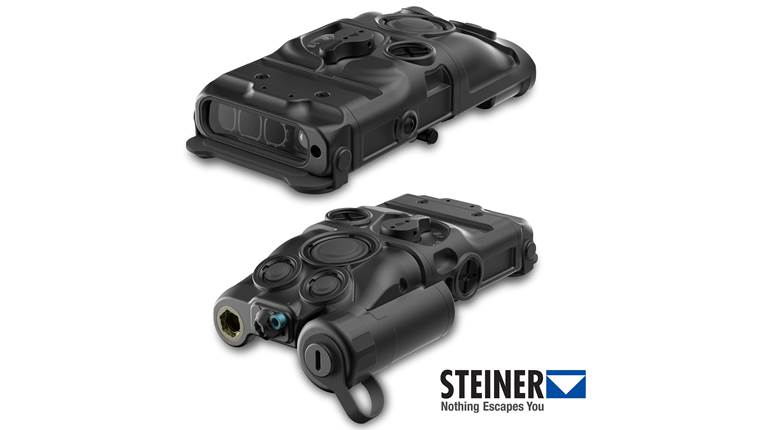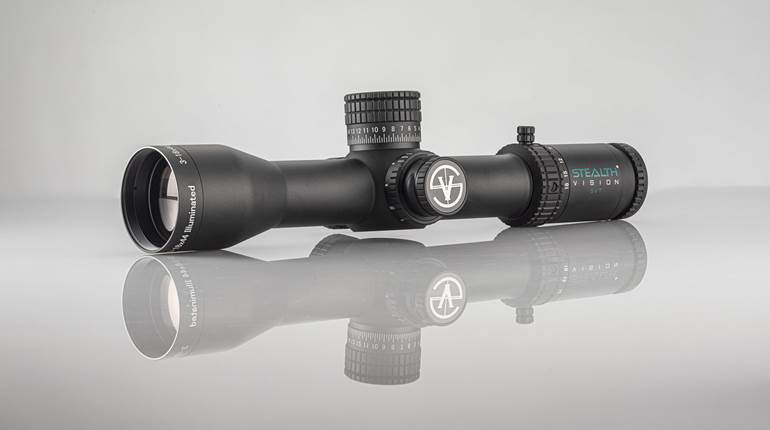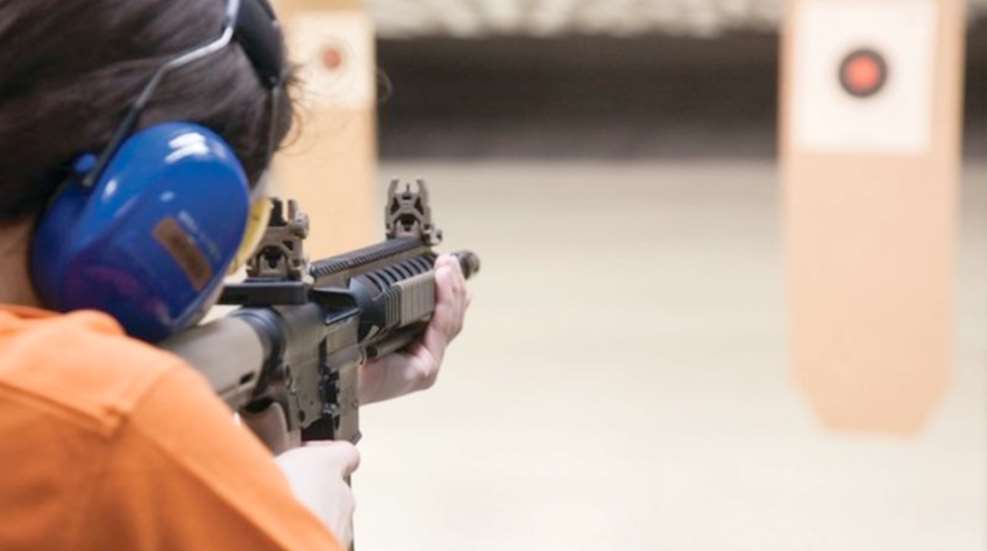

Most shooting is done at a range, which can be anything from an empty field with a suitable backstop to a modern indoor facility with automatic targets and state-of-the-art ventilation. All of the established rules of gun safety and safe gun handling apply when shooting at a range; however, additional rules and procedures also apply.
Range Etiquette
There are a number of additional common sense rules which, though bearing but indirectly on safety, nonetheless promote mutual courtesy at the range.
- Do not handle any firearm while other shooters are downrange checking or changing targets. This includes cleaning, adjusting sights, moving the gun on the rest, etc.
- Do not handle any other shooter’s gun, ammunition and/or equipment without his or her permission.
- Be aware of the firing cadence of the shooters next to you and try to avoid firing simultaneously with them.
- Avoid starting up unnecessary conversations with other shooters while they are firing, particularly if they are sighting-in, testing loads or engaged in some other activity requiring concentration.
- Police up all your brass, targets, empty ammunition boxes and other trash.
- Do not pick up another shooter’s brass; he or she may intend to use it for reloading.
- Do not engage in boisterous, loud or distracting behavior that
might annoy other shooters.
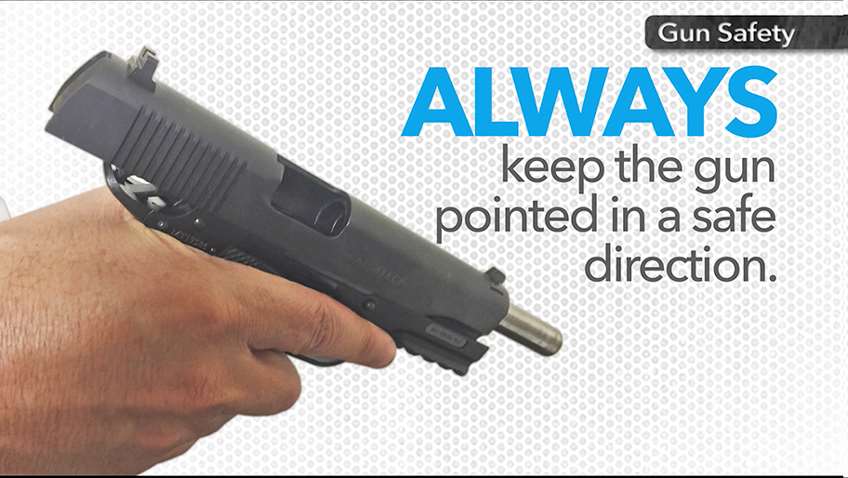
Identifying Range Areas
Whenever visiting a range for the first time, a shooter should identify important range areas, including:
- ready line or preparation area
- firing line(s)
- target holders
- backstop/impact area
- downrange (safe) direction(s)
- left/right range limits
- firing points and firing line numbers
- safety berms, walls, baffles
- entry and exit routes
- range flags or warning markers
- first-aid kit
- fire extinguishers
- telephone (with local emergency number if not 911)
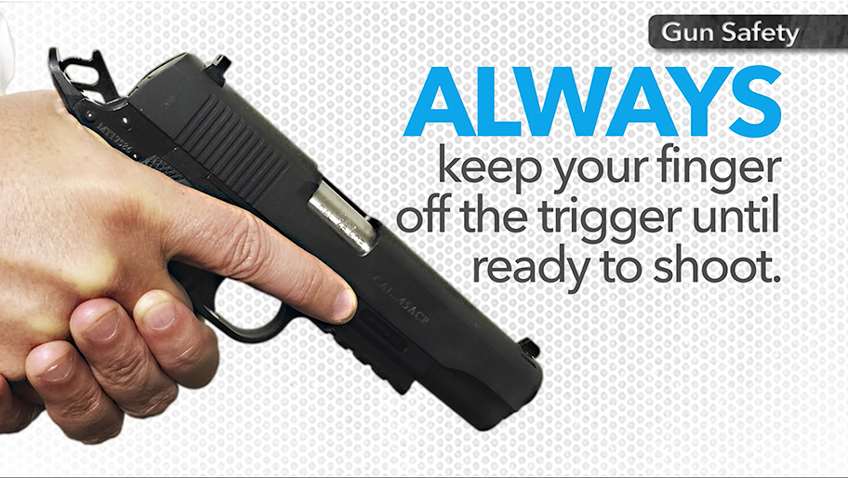
Obey Range Safety Rules
Most ranges have their own safety rules, which are usually posted. It is the responsibility of the shooter to:
- know and obey all range safety rules
- know where others are at all times
- shoot only at authorized targets
- stop shooting immediately if you have experienced an ammunition malfunction
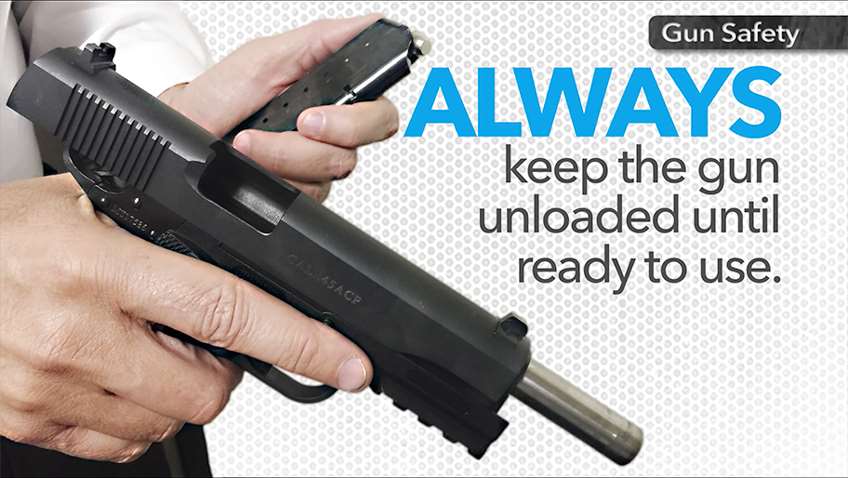
Range Commands
At many ranges, there are range personnel— usually one or more range officers—who control range activities and can provide assistance to shooters when necessary. Range officers usually issue the following three basic range commands:
- “Load” (shooters may load their firearms, but keep safeties on)
- “Ready on the right, ready on the left? Commence firing” (shooters may take safeties off and fire in a safe direction)
- “Cease fire” (shooters must IMMEDIATELY stop firing, take their trigger finger off the trigger, keep the gun pointed in a safe direction and unload, then wait for further instructions from the range officer)
Note that “cease fire” is a safety command that can and should be given by anyone who observes an unsafe situation. All shooters must immediately stop firing when anyone gives the “cease fire” command. At many ranges, there may be additional commands to indicate to the shooters when the range is clear, or when shooters may go forward and change or mark their targets. Also, there are often special commands used in specific competitive shooting activities.
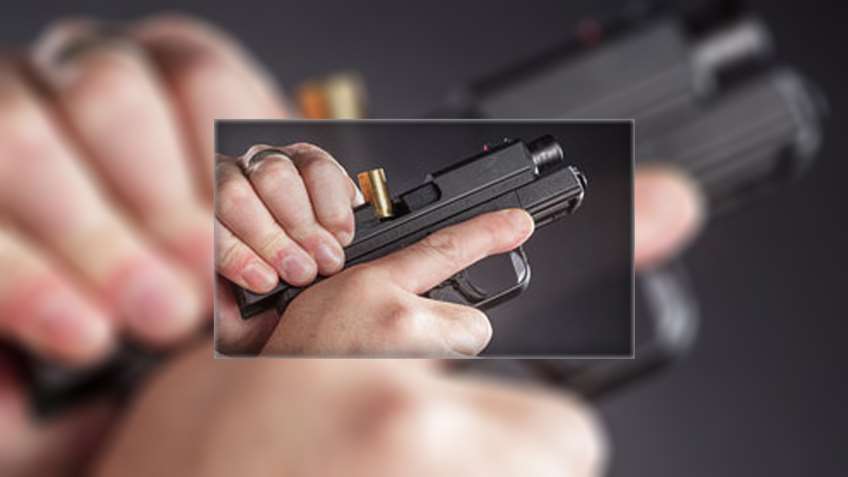
Handling Malfunctions at the Range
When a suspected hangfire or misfire occurs at the range, the shooter should:
- keep the gun pointed downrange or in a safe direction
- wait at least 30 seconds before opening the action on a modern cartridge firearm and two minutes with a muzzleloader in case the problem is a hangfire
- raise the non-shooting hand to notify any range personnel of a problem and to summon their assistance
- When a suspected squib load occurs at the range, the shooter should: Stop firing immediately; keep the gun pointed downrange or in a safe direction and raise the non-shooting hand to notify any range personnel of a problem and to summon their assistance
- unload the gun and make sure the chamber is empty
- insert a cleaning rod down the bore from the chamber end, if possible, to make sure there is no bullet lodged in the bore.
Hygiene During and After Shooting
While firing or cleaning a firearm, a shooter may be exposed to potentially harmful lead particles or chemical residues. Thus, the following rules should be observed.
- While shooting or cleaning a firearm, don’t eat, drink, smoke or otherwise place the hands close to the nose or mouth, to prevent the ingestion of lead or chemical residues.
- After shooting or cleaning a firearm, wash the hands and face thoroughly with soap and cold water before eating, drinking, smoking or engaging in any other activity (such as applying lipstick) that would put the hands in proximity to the nose or mouth.
- Change and wash clothing as soon as possible after shooting or cleaning a firearm to minimize exposure to lead.
Have fun and be safe out there!
–American Rifleman Staff












